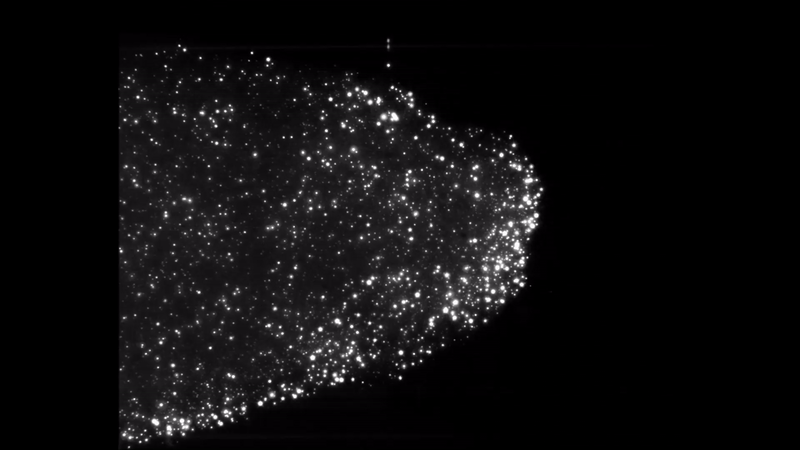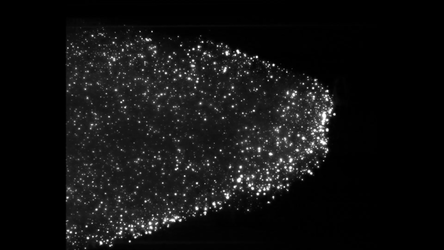Accept all cookies Accept only essential cookies See our Cookie Notice

About ESA
The European Space Agency (ESA) is Europe’s gateway to space. Its mission is to shape the development of Europe’s space capability and ensure that investment in space continues to deliver benefits to the citizens of Europe and the world.
Highlights
ESA - United space in Europe
This is ESA ESA facts Member States & Cooperating States Funding Director General Top management For Member State Delegations European vision European Space Policy ESA & EU Space Councils Responsibility & Sustainability Annual Report Calendar of meetings Corporate newsEstablishments & sites
ESA Headquarters ESA ESTEC ESA ESOC ESA ESRIN ESA EAC ESA ESAC Europe's Spaceport ESA ESEC ESA ECSAT Brussels Office Washington OfficeWorking with ESA
Business with ESA ESA Commercialisation Gateway Law at ESA Careers Cyber resilience at ESA IT at ESA Newsroom Partnerships Merchandising Licence Education Open Space Innovation Platform Integrity and Reporting Administrative Tribunal Health and SafetyMore about ESA
History ESA Historical Archives Exhibitions Publications Art & Culture ESA Merchandise Kids Diversity ESA Brand Centre ESA ChampionsLatest
Space in Member States
Find out more about space activities in our 23 Member States, and understand how ESA works together with their national agencies, institutions and organisations.
Science & Exploration
Exploring our Solar System and unlocking the secrets of the Universe
Go to topicAstronauts
Missions
Juice Euclid Webb Solar Orbiter BepiColombo Gaia ExoMars Cheops Exoplanet missions More missionsActivities
International Space Station Orion service module Gateway Concordia Caves & Pangaea BenefitsSpace Safety
Protecting life and infrastructure on Earth and in orbit
Go to topicAsteroids
Asteroids and Planetary Defence Asteroid danger explained Flyeye telescope: asteroid detection Hera mission: asteroid deflection Near-Earth Object Coordination CentreSpace junk
About space debris Space debris by the numbers Space Environment Report In space refuelling, refurbishing and removingSafety from space
Clean Space ecodesign Zero Debris Technologies Space for Earth Supporting Sustainable DevelopmentLatest
Applications
Using space to benefit citizens and meet future challenges on Earth
Go to topicObserving the Earth
Observing the Earth Future EO Copernicus Meteorology Space for our climate Satellite missionsCommercialisation
ESA Commercialisation Gateway Open Space Innovation Platform Business Incubation ESA Space SolutionsLatest
Enabling & Support
Making space accessible and developing the technologies for the future
Go to topicBuilding missions
Space Engineering and Technology Test centre Laboratories Concurrent Design Facility Preparing for the future Shaping the Future Discovery and Preparation Advanced Concepts TeamSpace transportation
Space Transportation Ariane Vega Space Rider Future space transportation Boost! Europe's Spaceport Launches from Europe's Spaceport from 2012Latest

Making (Per)waves
Thank you for liking
You have already liked this page, you can only like it once!
What looks like an engine made its way to space and back last November. While the hardware of the Perwaves experiment will not end up in your car, results from this research could lead to more efficient and carbon-free fuel in the future.
Perwaves, or Percolating Reaction-Diffusion Waves, set metal powder on fire to study how it burns in a chamber. This is done in weightless conditions because the powder clumps under gravity. In weightlessness, the metal powder can be evenly spaced and suspended, making it easier to study.
Why metals? Because of their high energy density, metals can compete with gasoline and oil for fuel efficiency. The only waste product is rust, which can easily be recycled back into metal powder, making metals a fully carbon-free source of energy. However, metals do not ignite easily unless in powder form, when they burn in a process known as ‘discrete burning.’
Like a sparkler lit on New Year’s Eve, the metal powder ignites and burns completely due to the heat created by other fuel elements around it. Unlike traditional fires that burn through their fuel continuously, discrete fires spread by jumping from one fuel source to another.
The Perwaves experiment is looking for the ideal blend of oxygen and metal powder as well the ideal size of the metal dust to create the best conditions for combustion. The results from the burning will be analysed to create discrete burning models to extrapolate the ideal conditions and to optimise industrial burner designs.
Perwaves launched on the Texus-56 sounding rocket from Esrange, Sweden last November. The rocket flew to 260 km before falling back to Earth, offering researchers six minutes of zero gravity. During this time, researchers confirmed that the hardware works and that iron-fuelled combustion is sustainable.
The team details their work in an article published in Acta Astronautica but the next step is to fly the experiment in the world’s weightless laboratory, the International Space Station, to continue collecting scientific data over longer periods of time.
Perwaves was conceived by McGill University in Montreal, Canada and designed by the sounding rocket team at Airbus in Bremen, Germany.
-
CREDIT
Airbus sounding rocket team Bremen -
LICENCE
ESA Standard Licence

Discrete burning

Discrete burning 2

Discrete burning

Discrete burning 2















 Germany
Germany
 Austria
Austria
 Belgium
Belgium
 Denmark
Denmark
 Spain
Spain
 Estonia
Estonia
 Finland
Finland
 France
France
 Greece
Greece
 Hungary
Hungary
 Ireland
Ireland
 Italy
Italy
 Luxembourg
Luxembourg
 Norway
Norway
 The Netherlands
The Netherlands
 Poland
Poland
 Portugal
Portugal
 Czechia
Czechia
 Romania
Romania
 United Kingdom
United Kingdom
 Slovenia
Slovenia
 Sweden
Sweden
 Switzerland
Switzerland

























